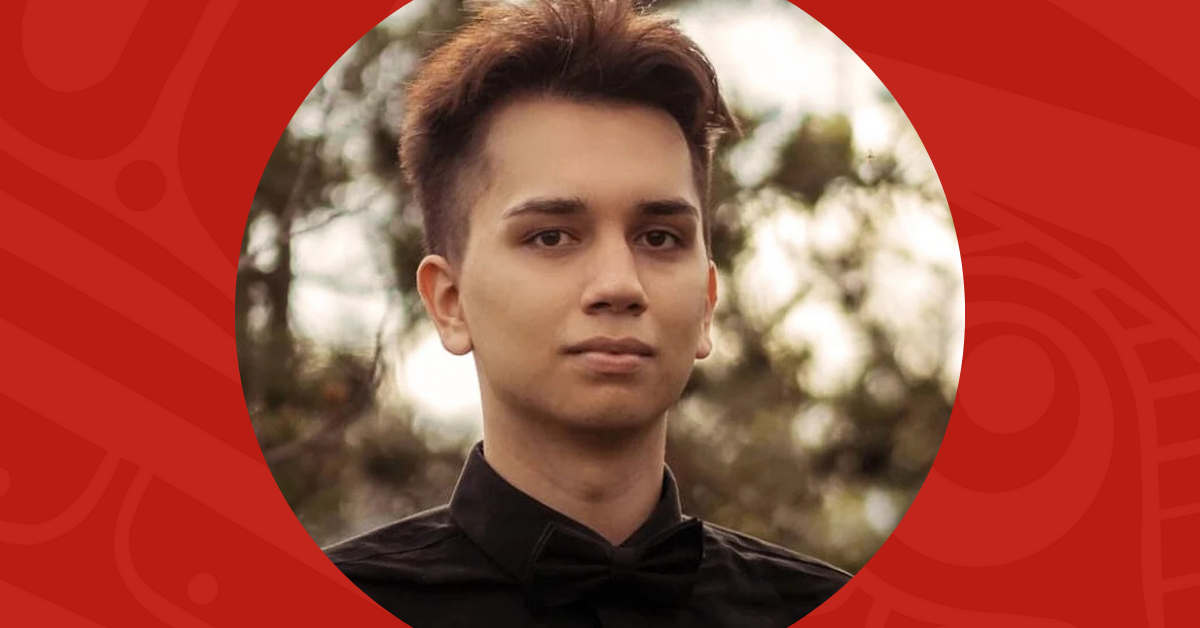Indigenous Retention Strategies and Cultural Leave
If retention of Indigenous workers is a goal for your company, then cultural leave should be addressed in your company policy. A culturally...

If you are experiencing a high turnover of Indigenous hires, then your recruitment efforts are working but your retention efforts are failing. This could be due to a number of reasons. Here are some suggestions for your checklist:
Your orientation should be engaging and create a sense of belonging. If there are no other Indigenous employees, include someone who is culturally competent, who has a good rapport with and the respect of the existing workforce, and a respectful and appropriate sense of humour. Consider engaging an Elder or an Aboriginal Skills and Employment Training Strategy (ASETS) partner to review your orientation process. ASETS forms partnerships with Indigenous organizations and has offices in every province and territory.
A “window dressing” approach to an inclusive and culturally safe work site is not sustainable or cost-efficient. If an organization is committed to an Indigenous worker recruitment and retention strategy, then the commitment needs to be systemic and the support needs to be there for management or the human resource department to effectively recruit Indigenous workers and to ensure that the workplace is inclusive and welcoming.
There is not much point in recruiting Indigenous employees if their managers and co-workers are not educated in cultural awareness and sensitivity. A poorly worded question on tax or "token hire" can have immediate long-term effects on a new hire. An onsite, comprehensive course for the entire team, including the top brass, is an essential first step. Following that, we suggest you reach out to the local community from which your workers are likely to come, learn as much as possible about that community and incorporate that culture into the workplace where possible.
Racism can lurk in the boardroom as well as in the ranks. The entire workforce, from top to bottom, needs to be made aware that racism and discrimination are unlawful and won’t be tolerated.
Racism is a broader experience and practice than racial discrimination. Racism is a belief that one group is superior to others. Racism can be openly displayed in racial jokes, slurs or hate crimes. It can also be more deeply rooted in attitudes, values and stereotypical beliefs. In some cases, people don’t even realize they have these beliefs. Instead, they are assumptions that have evolved over time and have become part of systems and institutions, and also associated with the dominant group’s power and privilege. [1]
A successful retention strategy for Indigenous employees is one that makes room for cultural needs and practices. Here’s an article with more information on Cultural Leave.
Imagine you are an Indigenous person entering your place of employment – what do you see? Do you see a culturally diverse workforce? Do you see any other Indigenous people? It can be pretty intimidating to be the only worker who is not the same as all the others, especially if this is your first job. If there are no other Indigenous people on your payroll, consider matching new Indigenous workers with someone who has taken Indigenous Awareness training, and who is known to understand and respect cultural differences. Being responsible for the emotional well-being of another person is a great responsibility so potential mentors should be offered training, support and recognition for taking on this important role.
[1] Ontario Human Rights Commission
Featured photo: Unsplash

If retention of Indigenous workers is a goal for your company, then cultural leave should be addressed in your company policy. A culturally...

When I joined Indigenous Corporate Training Inc. (ICT) last year, I was a determined Camosun College student pursuing a Business Administration...

Kelly J. Lendsay, President & CEO, Aboriginal Human Resource Council, is a social entrepreneur who is internationally recognized as one of Canada’s...